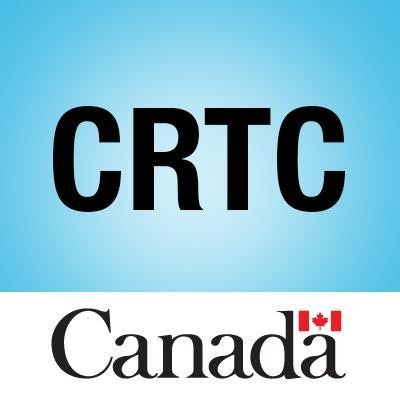
OTTAWA – The CRTC has laid out its plan to phase out the local service subsidy over three years as it continues to shift the focus of its regulatory frameworks from wireline voice services to broadband Internet access services.
The local voice service subsidy was designed to keep wireline voice service affordable in high cost serving areas (HCSAs). Telecommunications service providers with $10 million or more in annual Canadian telecommunications revenues are required to contribute to a national fund that is distributed to incumbent local exchange carriers (ILECs) serving regulated HCSAs, usually rural and remote locations.
The Commission said Tuesday that phase-out of the local service subsidy will occur between January 1, 2019 and December 31, 2021, through semi-annual reductions. The total subsidy amounts for 2018 for each ILEC will be used to calculate the amounts of subsidy to be paid during the three-year transition period. However, funding for Northwestel’s service improvement plan will continue as planned and conclude on December 31, 2020.
The Regulator also determined that several regulated residential high-cost serving area exchanges are eligible for forbearance, therefore no longer eligible for the local service subsidy, and directed those ILECs (listed in the decision’s Appendix) to file a streamlined forbearance application within 30 days.
Subsequently, the CRTC kicked off a proceeding to review certain elements of the price cap and local forbearance regimes, including whether any changes should be made to the pricing constraints for residential services, whether some form of compensation is required for the ILECs given that the local service subsidy will be eliminated, and whether any changes are required to the forbearance regimes for local residential and business services.
Specifically, the Commission is seeking comments on:
– whether any changes should be made to the pricing constraints regarding rates for residential local exchange services in regulated areas, and if so, what changes would be appropriate;
– whether it is appropriate to modify the price ceiling for stand-alone residential local exchange services in forborne areas, and if so, what would be an appropriate price ceiling;
– whether any measures are necessary to compensate the ILECs given that the local service subsidy will be eliminated, and if so, what measures would be appropriate;
– whether the exogenous factor mechanism in the price cap regimes is still necessary;
– whether any changes are required to the local forbearance regimes for residential and business local exchange services, and if so, what changes would be appropriate; and
– whether it is necessary to establish an end date for Northwestel’s price cap regime, and if so, the length of time for that regime.
Interventions and comments are due before September 10, 2018.



